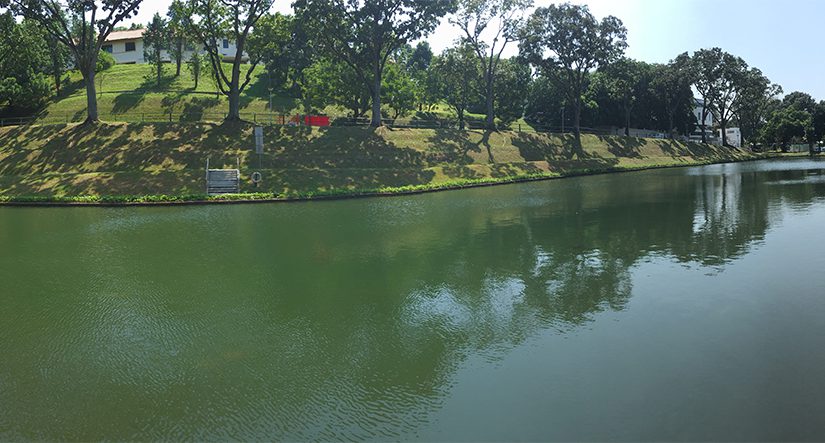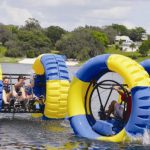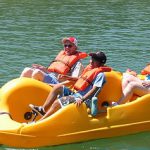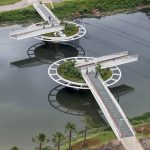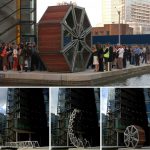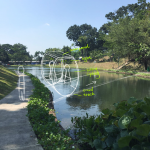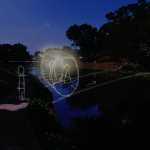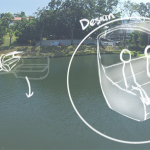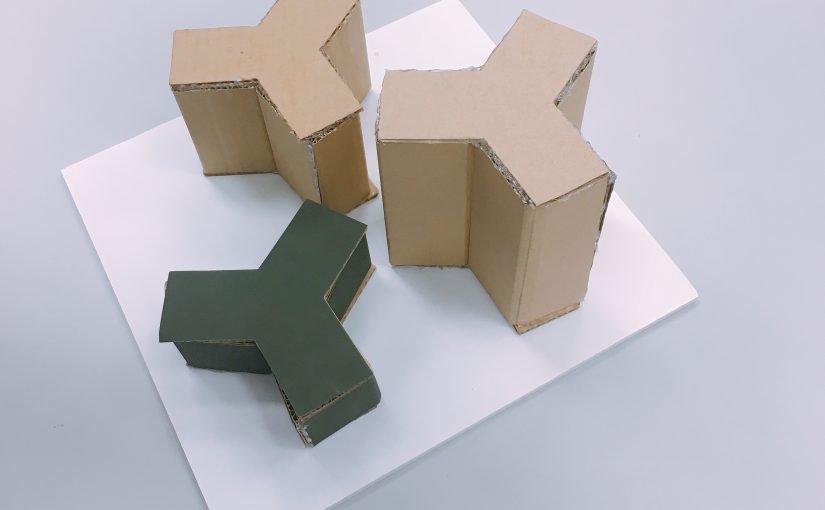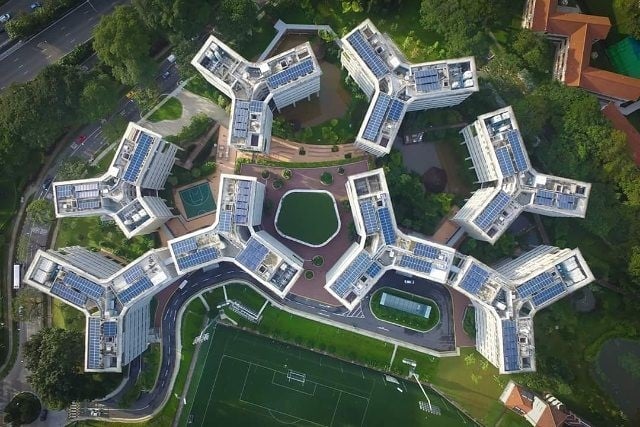After consultation and discussion, we decided to focus on refining our boat design. We wanted to make the design more unique and site-specific to the lake, instead of one that is commonly seen elsewhere.
The main objective of this project wasn't to put a recreational boat on the lake, but rather, to rediscover the Nantah spirit through an experience of team work, effort and communication.
The installation acts as a connection between the passengers and the story in the past and is also an iconic symbol that only fits the selected location. Therefore, we want to proceed the concept of two pedal boats on a pulley system as it conveys the message well across.
As mentioned before, we intended to create a mechanical-feel to the boat as it ties in more with the context of being placed in a technological university. And referring back to the story of the Nanyang lake, we sought inspiration from the heavy machine: Excavator
An excavator is used for digging. It has a great significance to the site as the Nanyang Lake was first build using manual labor from students and faculties. Now as technology advances, it shows how technological advancement has progress and made things easier for mankind. It depicts us as a technological university which is research intensive and always innovating breakthroughs to benefit the society. We would like to use the shape of the excavator to pay tribute to those who manually dug up the lake but with a modern twist.




The boat will be constructed on an existing compact pedal boat. The design resembles distinct features of an excavator with its iconic yellow & black color as well as conveyor belts. The light design follows the one of the excavator and plays an important role for communication.
Dimensions & Specifications




Plastics can be considered as the material for the outer casing of the pedal boat. It has a high strength-weight ratio and also very resistant to weather. Plastics are lightweight and moisture resistant, which are good properties for making a boat. Some of these plastics include ABS, HDPE, LDPE and PP.
These plastic sheets can be easily moulded and fabricated into our desired exterior shape using CNC machining. Industries provide a full range of plastic products from tubes, rods and sheets.
Interaction & Communication
There will be a push switch inside each pedal boat that allows user to notify each other. Below are some possible scenarios. The two boats are connected with cable on a pulley system and therefore, their movement affect each other.
 (1) Green light meaning both boats want to continue pedaling and move along with the pulley
(1) Green light meaning both boats want to continue pedaling and move along with the pulley
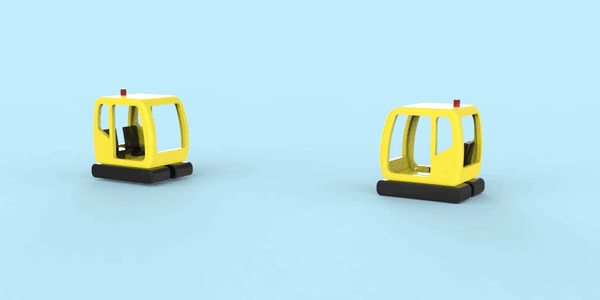 (2) Red light indicating disembarking at the next platform, and the other responds with green light, willing to help pedal along
(2) Red light indicating disembarking at the next platform, and the other responds with green light, willing to help pedal along
 (3) Both boat disembarking at the next platform
(3) Both boat disembarking at the next platform
 (4) No respond from the other boat, only passengers on the disembarking boat pedal and they move at a slower speed
(4) No respond from the other boat, only passengers on the disembarking boat pedal and they move at a slower speed


























